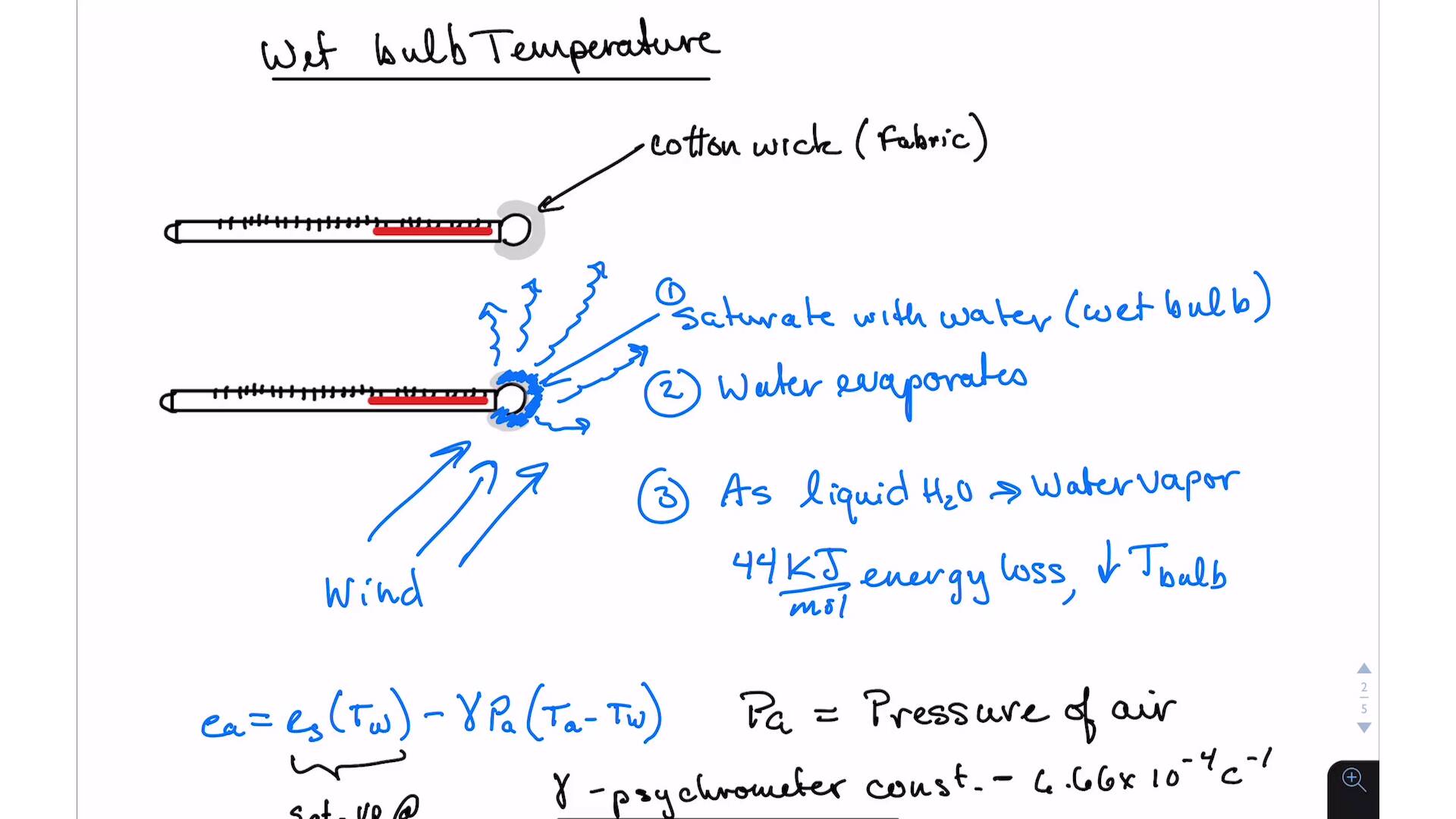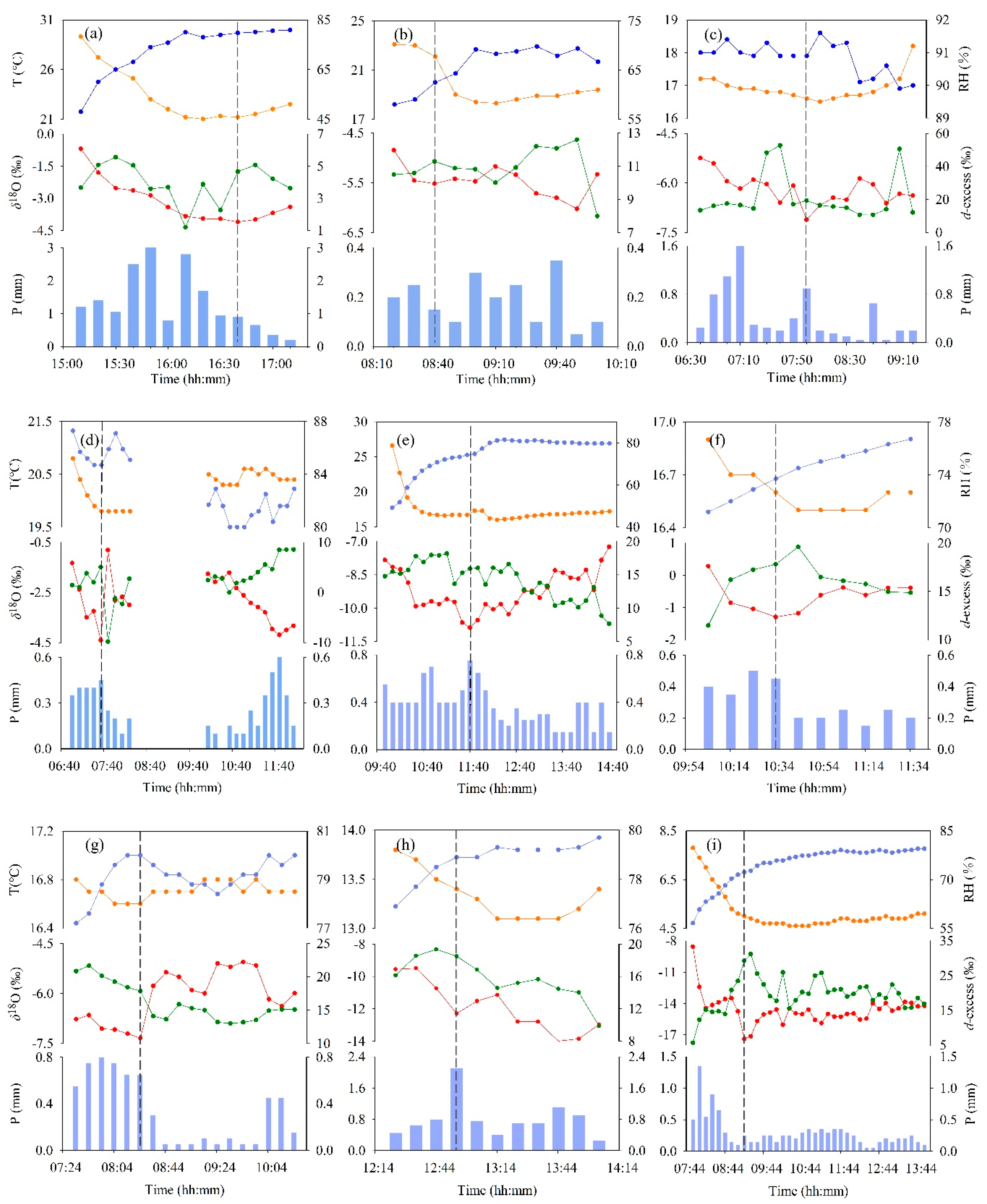

When atmospheric moisture condenses and falls as precipitation, it increases the moisture content of dead fuels, and, by replenishing soil moisture, it provides for the growth of green vegetation. During very dry periods, low humidity may also affect the moisture content of green fuels. Dry fuels absorb moisture from a humid atmosphere and give up their moisture to dry air. There is a continuous exchange of water vapor between the atmosphere and dead wildland fuels. It has direct effects on the flammability of forest fuels, and, by its relationship to other weather factors, it has indirect effects on other aspects of fire behavior. For each exercise, use your mouse to drag the magnifying square to find the appropriate relative humidity and dewpoint and type your answers into the spaces provided.Atmospheric moisture is a key element in fire weather. Test your knowledge by completing the following exercises. The relative humidity is the bottom number (in red), given as a percent.įor example, for a dry bulb temperature of 40☏ and a wet bulb temperature of 35☏, the dewpoint is 29° F and the relative humidity is 65%. Within each box, the dewpoint is the top number (in blue), given in degrees Fahrenheit. The values at that point are the dewpoint temperature and the relative humidity. These are dry bulb temperatures and are shown in black.ģ) For a specific dry bulb temperature and wet bulb temperature, find the intersection of the appropriate row and column. These are the wet bulb temperatures and are shown in green.Ģ) Locate the dry bulb temperature among the numbers in the far left column. Psychrometric tables relate dry bulb, wet bulb, dewpoint, and relative humidity.Ĭlick on the graphic below to view a multimedia version of the psychrometric table lesson (includes audio), or read the text version of the steps involved below:ġ) Locate the wet bulb temperature among the numbers along the top row of the table. You must use the chart for the elevation at which you are taking the observation because relative humidity and dewpoint change with atmospheric pressure, which varies with elevation. Psychrometric tables are provided in belt weather kits.

As temperatures approach the dewpoint, the same amount of water vapor will result in a higher relative humidity. On a typical sunny day, temperatures in the lower atmosphere will decrease about 5.5 degrees F for every 1,000 feet in elevation. This fact can be used to help estimate the minimum relative humidity for the afternoon, using the predicted high temperature for the day and the observed dewpoint. Dewpoint, however, remains nearly the same as long as the moisture content of the air is not changing.

Relative humidity also changes with temperature.

These psychrometric tables are valid for specific elevation ranges because relative humidity and dewpoint change with atmospheric pressure, which varies with elevation. Using these measured values, the dew point and relative humidity can be determined with the use of tables. Relative humidity can be determined by measuring the dry bulb and wet bulb temperatures in the field. Relative humidity is always expressed as a percentage. Relative humidity is the percent of water vapor in the air compared to what would be present if the air were saturated.


 0 kommentar(er)
0 kommentar(er)
